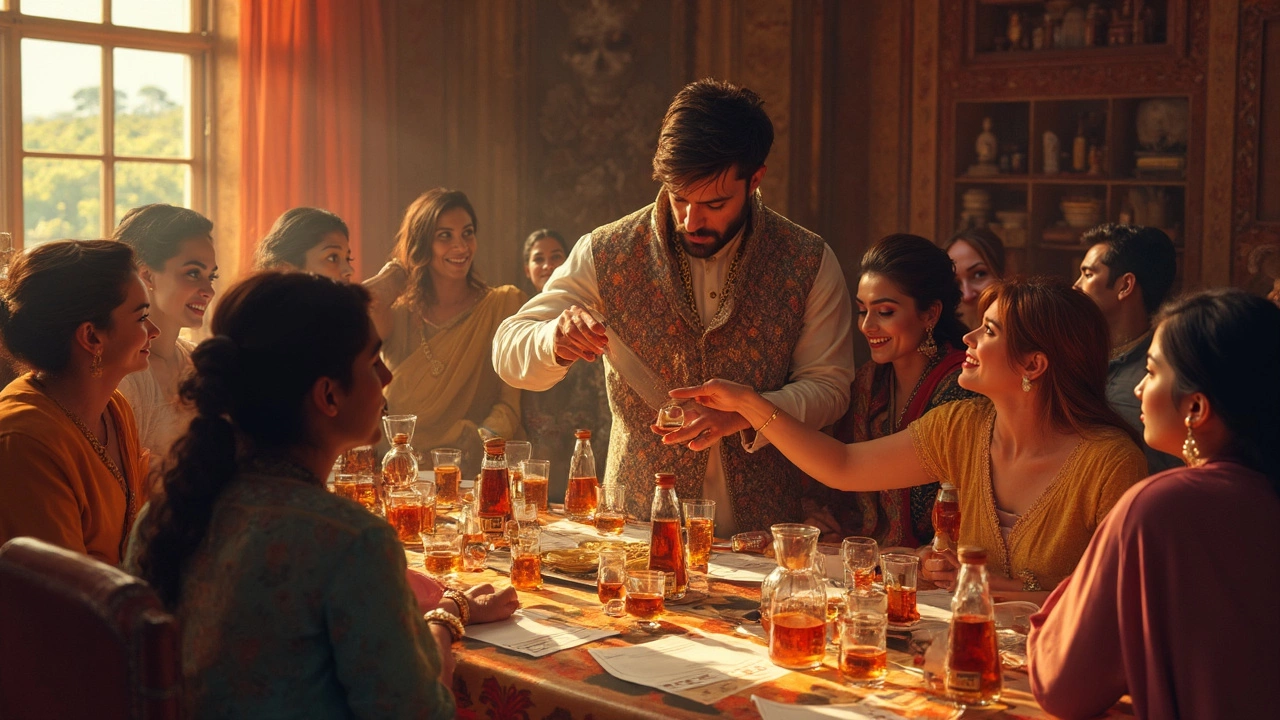
So, what's the official name for a whiskey taster? Most often, they're known as 'whiskey sommeliers' or 'whiskey connoisseurs'. But unlike wine sommeliers, these titles aren't as standard. You don’t just become one by a simple declaration. It involves a deep dive into flavors, aromas, and the history of whiskey.
Whiskey tasters aren't just sipping spirits for pleasure—they're analyzing each aspect of the drink. This involves looking at color, taking in the aroma, and, yes, sipping for taste, but with a trained palate. Their job is to uncover nuances, predict aging quality, and even guide distilleries in crafting blends. Now that's a pretty neat job!
- What's a Whiskey Taster Called?
- The Role and Skills of a Whiskey Taster
- Tools of the Trade
- Training and Becoming a Whiskey Expert
- Tips for Tasting Whiskey at Home
What's a Whiskey Taster Called?
When it comes to the names of people who taste whiskey, you'll often hear terms like whiskey sommelier or whiskey connoisseur. But while these terms sound fancy, they boil down to individuals who have a deep understanding of whiskey. Essentially, a whiskey taster is someone who dedicates a lot of time to studying the characteristics of whiskey, from its history and production to its complex flavors and aromas.
Unlike wine sommeliers, the title isn't as regulated. There aren’t standardized certification programs globally, although several courses and badges do exist to bolster the title. Some respected institutions offer training programs that test tasters on their knowledge and sensory skills. But ultimately, the path to becoming a whiskey sommelier often involves years of hands-on experience.
Different Titles, Same Passion
Besides sommeliers and connoisseurs, you might hear about whiskey blenders and evaluators. These roles often overlap with professional tasters, especially in distilleries, where their sensory skills contribute to the development of new whiskey products.
Whether you're visiting a distillery or attending a whiskey tasting event, you'll likely encounter these professionals. They offer insights not just into the taste, but the story behind each bottle. The more they share their knowledge, the richer your tasting experience becomes.
Considering whiskey's global appeal, different countries bring their own flavors of expertise. For instance, Scotland is renowned for its master blenders, while the U.S. celebrates its bourbon experts. Wherever you find yourself, engaging with a local whiskey expert can change the way you appreciate your next dram.
The Role and Skills of a Whiskey Taster
Being a whiskey taster is a bit like being a detective. They’re on a quest to uncover all the secrets hidden in each glass of whiskey. It might seem simple at first glance, but there's a lot more under the surface.
Spotting the Details
A whiskey taster starts with the color. It tells a lot about how the whiskey was made and aged. Next comes the aroma, where a quick swirl and sniff can reveal hints of vanilla, oak, or even fruity tones. These tasters have honed their nose to pick up on even the faintest notes.
Their skills are in high demand for creating new whiskey blends or enhancing existing ones. Some even consult with distilleries and play a key role in deciding when a barrel is ready for bottling.
The Art of Tasting
When it comes to sipping, it’s not about gulping it down. Whiskey tasters let the spirit rest on their tongue, noticing the initial taste, how it develops, and the finish or aftertaste. It's a journey from start to finish for each sip. The idea is to experience the full profile of the drink.
Soft Skills Matter Too
Besides a good palate, a whiskey connoisseur needs to be great at explaining all these sensations. Why? Because they often lead tastings, teach at events, and help everyday folks appreciate the complexities of whiskey.
And with the growing number of whiskey brands worldwide (there are thousands!), there's always something new to learn. It keeps these experts constantly exploring and tasting, which isn’t such a bad gig, right?
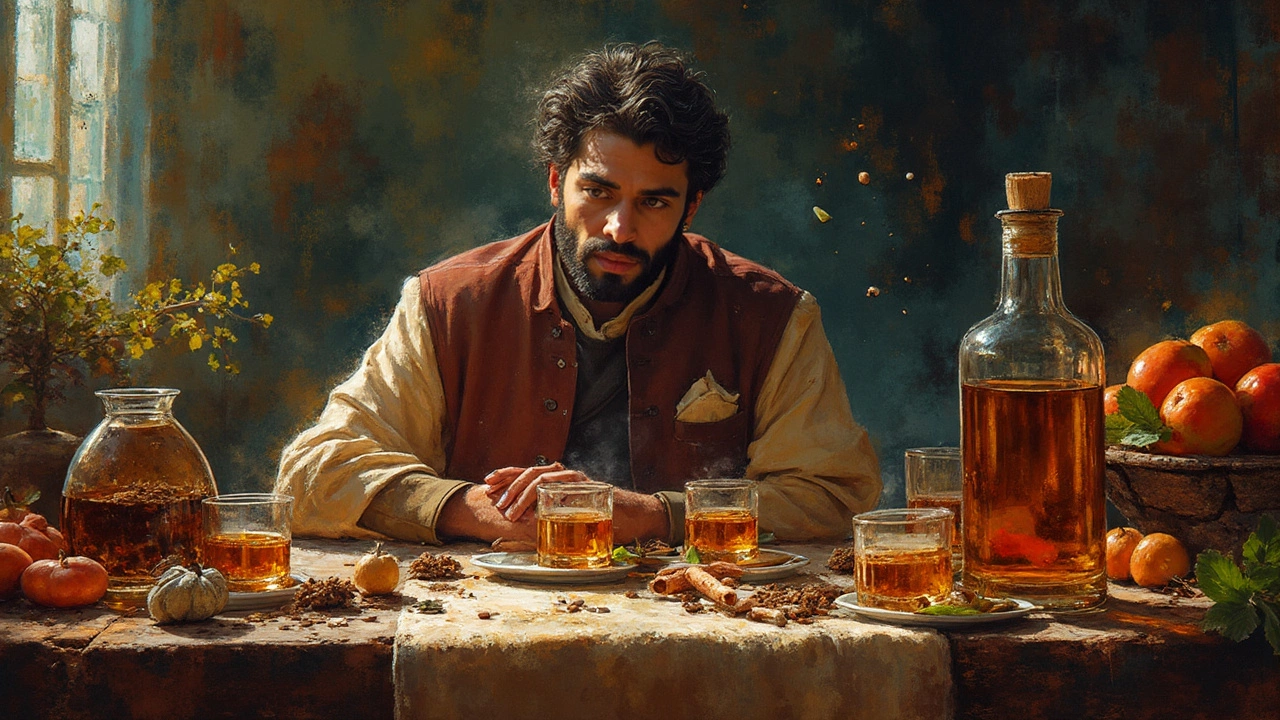
Tools of the Trade
Diving into the world of whiskey tasting isn't just about the drink itself—there's a whole set of tools that whiskey tasters rely on. These tools help them hone their skills and enhance the experience, making it more than just sipping and smelling.
Glasses
First up, you'll want the right glassware. Ever heard of Glencairn glasses? They're the gold standard for tasting. The tulip shape helps concentrate the aromas, letting you catch the subtleties of each whiskey’s scent. Don't have one? A simple snifter or a copita glass can work in a pinch, but nothing beats a Glencairn for serious whisky tasting.
Nose and Palate Tools
Many pros keep a perfume blotter on hand. It’s amazing for resetting the nose between tastings. Some also swear by water droppers. Adding a drop or two of water can open up the whiskey's flavors, softening the alcohol's sharpness and revealing hidden notes.
Notebook
Keep a tasting notebook close. Jotting down notes as you go helps track your impressions and build a catalog of your experiences. Not only will you remember what you liked, but you'll also develop a deeper understanding of what makes each whiskey unique.
Stats and Facts
Want some quick handy tips? According to a recent survey, 65% of seasoned whiskey experts find that using a palate cleanser, like unsalted crackers, between tastes sharpens their evaluations. Here's a glance at their toolkit:
| Tool | Purpose |
|---|---|
| Glencairn Glass | Concentrate aromas |
| Perfume Blotter | Reset the nose |
| Water Dropper | Open up flavors |
| Notebook | Track impressions |
| Palate Cleanser | Sharpen taste senses |
Using the right tools makes all the difference. They're like expert sidekicks in the mission to unlock and appreciate the full potential of a whiskey. Whether you're starting or a seasoned pro, these items are non-negotiables for a successful tasting session.
Training and Becoming a Whiskey Expert
So you're thinking about diving into the world of whiskey tasting more seriously, huh? First off, cheers to that! Becoming a whiskey taster isn't just about savoring high-end spirits—it's about honing your senses and expanding your knowledge in a structured way.
The journey usually starts with formal education. While there aren't as many options as wine studies, you'll find specialized whiskey courses popping up worldwide. Look for certifications from institutions like the Scottish Whisky Qualification or the Irish Whiskey Academy. These courses cover everything from the fermentation process to regional flavor profiles.
Developing Your Senses
Professional tasters train their nose and taste buds extensively. You'll start by familiarizing yourself with basic whiskey aromas—think vanilla, smoke, and oak. A helpful tip is to compare these scents with real-world items. For instance, to understand a smoky profile, head to a barbecue joint and inhale deeply!
Hands-On Experience
Nothing beats practical experience. Visit distilleries whenever possible. In these environments, you can chat with experts, learn about different distillation techniques, and see firsthand how environment affects flavor.
The Power of Networking
Networking is key. Attend whiskey tasting events and join clubs. Meeting other enthusiasts will expose you to diverse opinions and tasting techniques. Consider joining online whiskey communities where you can find virtual tastings, making it easy to participate no matter where you are.
Embrace Continuous Learning
The whiskey world is ever-evolving. Newer editions of your favorite brands and emerging distilleries are always on the horizon. Keep reading up on industry news and participating in tastings to keep your knowledge fresh.
Invest time in understanding the history, the story behind each bottle, and the diversity of whiskey's character across the globe. With persistence and a bit of passion, you too can become a recognized whiskey connoisseur!
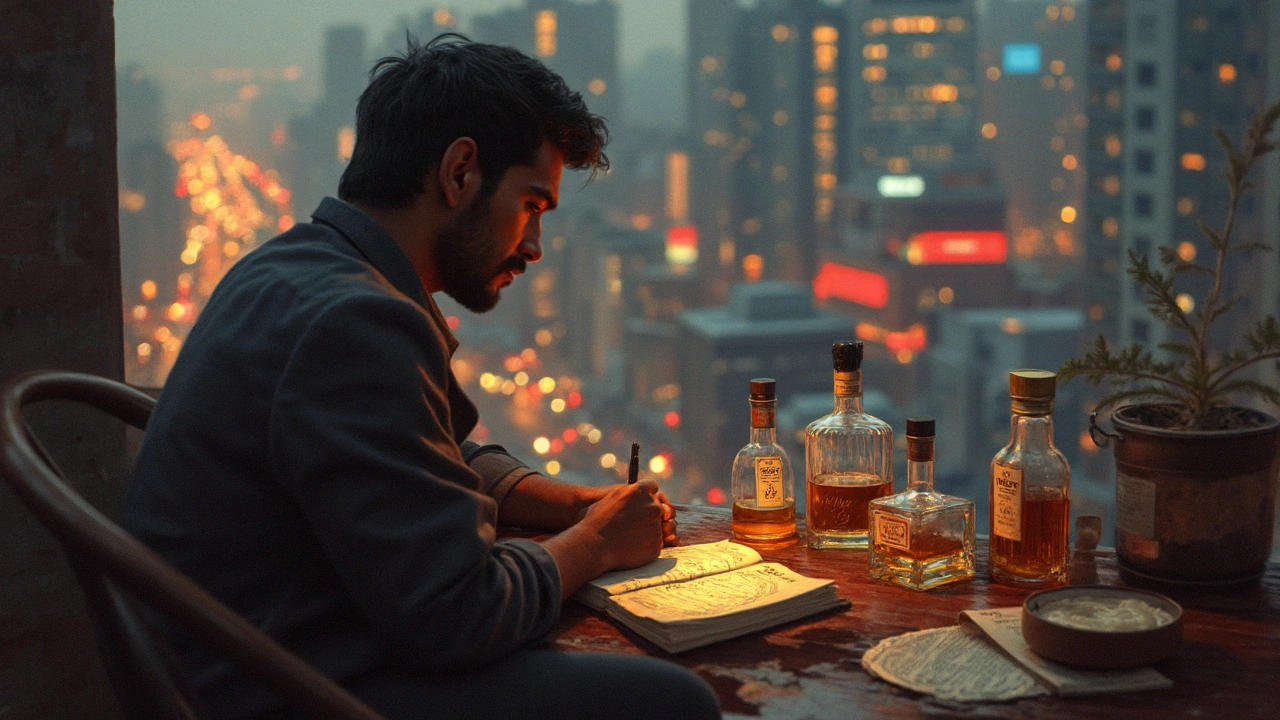
Tips for Tasting Whiskey at Home
Want to get into whiskey tasting right from your living room? You're about to become your own whiskey taster, and it's a pretty rewarding hobby. No fancy titles required to enjoy and appreciate the nuances of a good bottle.
Setting the Scene
First things first, create the right atmosphere. A clutter-free table, good lighting, and a notebook to jot down your thoughts are a must. You'll need a clean glass—preferably a tulip-shaped one—as it helps concentrate the aromas.
The Basics of Tasting
Before you start the tasting, pour about an ounce or so into your glass. Don't go overboard—it's about the quality, not quantity!
- Look: Hold the glass up to the light and note the whiskey's color. Darker whiskeys might have spent more time aging or could have additives like caramel. Either way, color's an early clue to the whiskey's story.
- Smell: Give your whiskey a swirling sniff. Stick your nose into the glass, but not too close. Take in the aromas. Is it floral? Fruity? Spicy?
- Taste: Take a small sip, let it coat your tongue, and swallow slowly. Is it sweet, bitter, spicy? Your tongue's your best tool for recognizing these flavors, so pay attention.
- Reflect: Write down your impressions. What stood out? Would you try this one again?
Practice Makes Perfect
Just like anything else, becoming a great at-home whiskey taster comes with practice. Try different types from different regions—Scotch, Bourbon, Irish—and note the differences. This variety will enhance your tasting skills over time.
Want to know a fun fact? A study from 2022 showed that people could identify whiskey region origins accurately 85% of the time after just a week of focused tastings. That's motivation to give it a whirl!
Remember, tasting is as much about personal enjoyment as it is about clarity, so don't stress too much. Enjoy the journey, and who knows? You might discover a newfound appreciation for this timeless spirit.
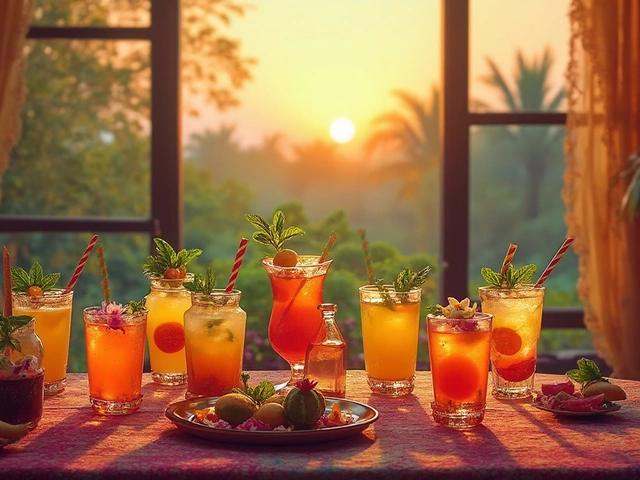
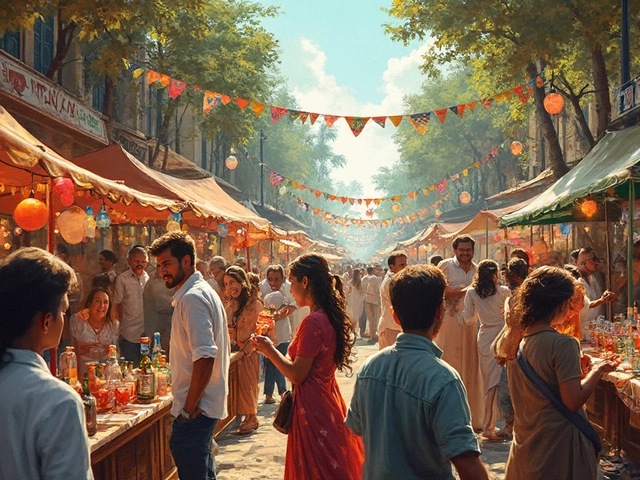
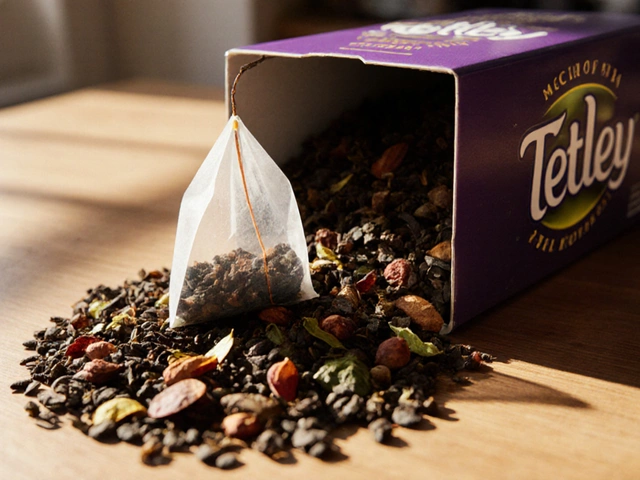
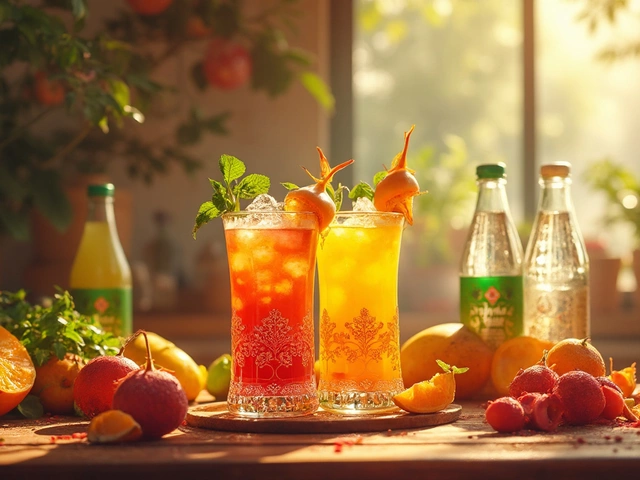
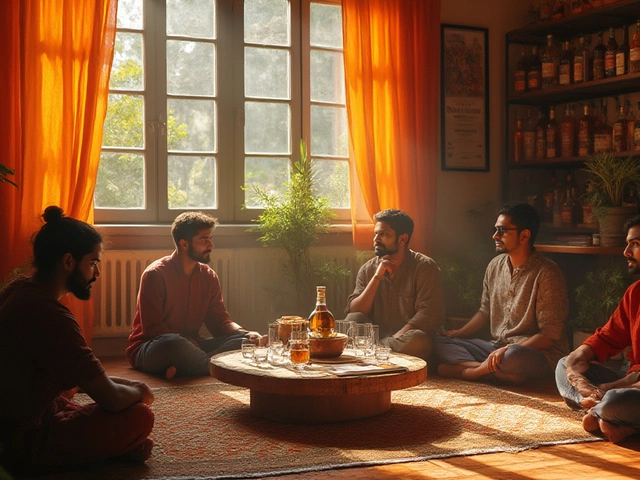
Categories